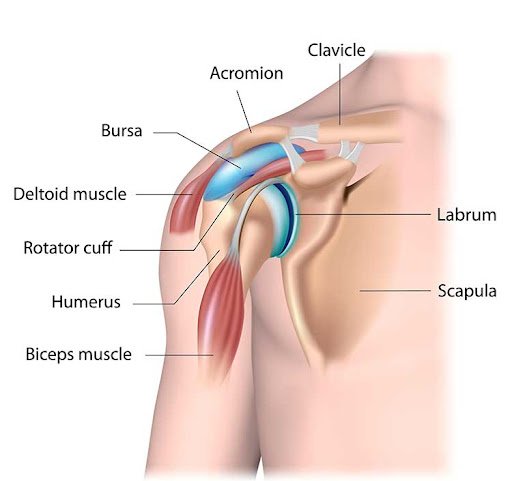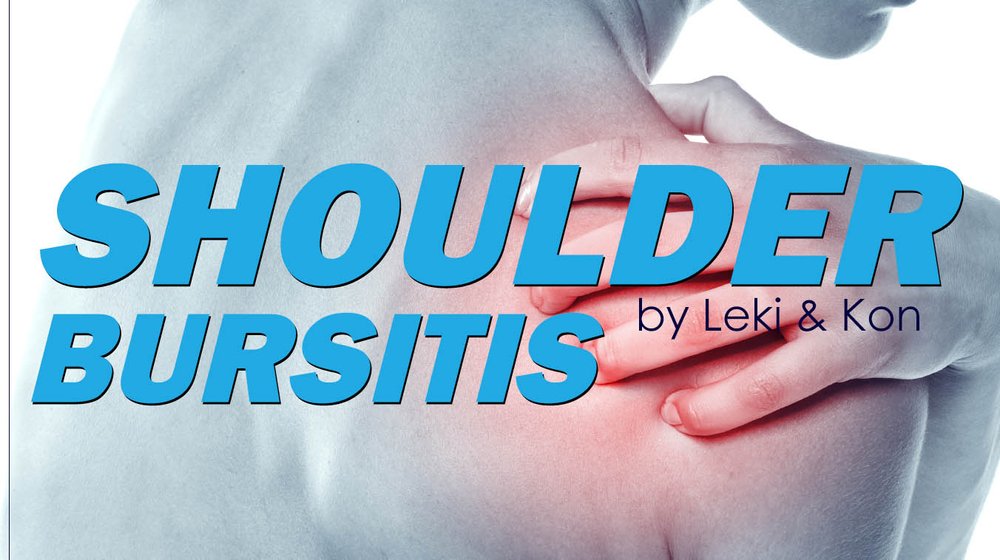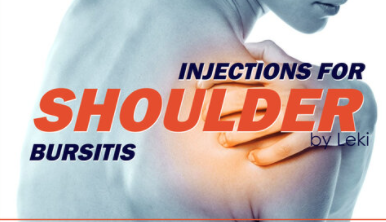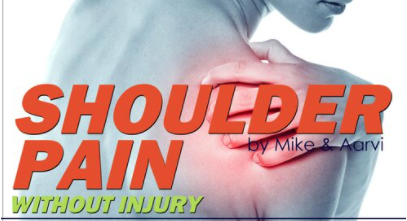
What does shoulder bursitis feel like?
- Pain in the outside of the shoulder or deltoid muscle region
- Pain when lifting and raising your arm especially behind your back or over your head
- Inability to lie on your affected side
What Are The Main Causes of Shoulder Bursitis?
- Muscle imbalances around the shoulder/upper back region
- Poor control of the shoulder stabilising muscles
- After an injury such as a fall or a car accident
- Pregnancy or hormonal/medical challenges
What Is The Fastest Way To Heal Shoulder Bursitis?
The first step in treating shoulder bursitis is identifying the cause or contributing factors.
This may mean temporarily avoiding repetitive activities like tennis, pitching, manual work or swimming.
A non-steroidal anti-inflammatory medication may also be recommended by your doctor but the mainstay of treatment involves exercises to restore normal flexibility and strength to the shoulder girdle, including strengthening both the rotator cuff muscles and the muscles responsible for normal movement of the shoulder.
This program of instruction and exercise demonstration will be carried out under the close supervision of your physiotherapist. Occasionally, an injection of cortisone may be helpful in treating this condition.
What Happens if Bursitis is Left Untreated?
Patient education is particularly important for the acute phase regarding activity, pathology, and avoiding overhead activity, reaching, and lifting.
The general guidelines to progress from this phase are decreased pain or symptoms, increased ROM, painful arc in abduction only, and improved muscular function.
Long term cases may require surgical intervention such as a corticosteroid injection or shoulder arthroscopy.
What Can Be Mistaken for Shoulder Bursitis?
- A traumatic event such as a fall, car accident or sporting injury
- Muscle weakness or poor shoulder blade control
- Repetitive actions such as many years swimming, typing or working with your arms above your head
- Bone spurs
- Poor posture
Your Physiotherapist can provide advice on appropriate rehabilitation exercises, manage your recovery and perform manual therapy to assist your shoulder in optimal recovery.
Make an appointment to see one of our Physiotherapists to help you today!
#MakingHealthySimple
Leki Sisifa





